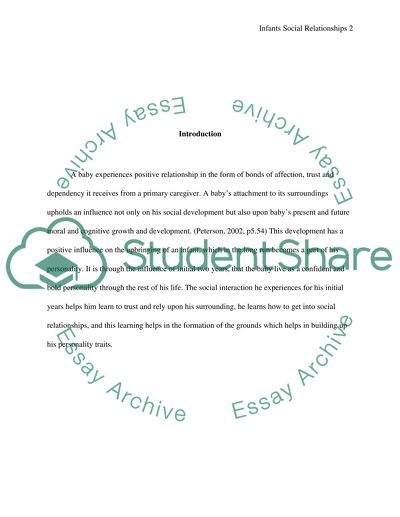Cite this document
(“Infants Social Relationships Essay Example | Topics and Well Written Essays - 2000 words”, n.d.)
Infants Social Relationships Essay Example | Topics and Well Written Essays - 2000 words. Retrieved from https://studentshare.org/sociology/1501940-infants-social-relationships
Infants Social Relationships Essay Example | Topics and Well Written Essays - 2000 words. Retrieved from https://studentshare.org/sociology/1501940-infants-social-relationships
(Infants Social Relationships Essay Example | Topics and Well Written Essays - 2000 Words)
Infants Social Relationships Essay Example | Topics and Well Written Essays - 2000 Words. https://studentshare.org/sociology/1501940-infants-social-relationships.
Infants Social Relationships Essay Example | Topics and Well Written Essays - 2000 Words. https://studentshare.org/sociology/1501940-infants-social-relationships.
“Infants Social Relationships Essay Example | Topics and Well Written Essays - 2000 Words”, n.d. https://studentshare.org/sociology/1501940-infants-social-relationships.


